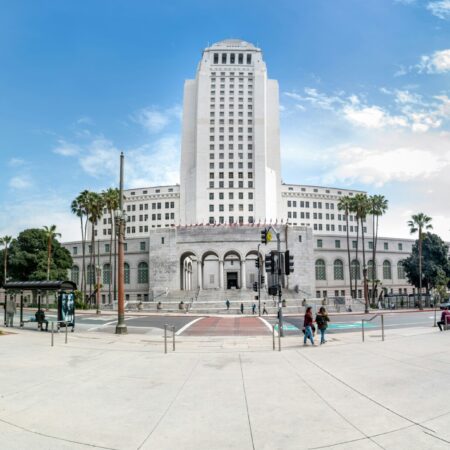Hydrogen is the lightest of elements; each atom consists only of one proton and one electron. In the ordinary conditions at Earth’s surface, where the weight of air presses at 14.7 pounds per square inch, hydrogen atoms pair up into simple molecules. Professor of physics at Harvard Professor, Isaac Silvera and Sri Lankan postdoctoral researcher, Ranga P. Dias turned this lightest of all the elements into a metal. They squeezed Hydrogen between two pieces of diamond, and it converted into metallic form. This type of metallic Hydrogen is believed to exist inside giant planets like Jupiter and it generates the parents powerful magnetic field.
More than 80 years ago, the physicists Eugene Wigner and Hillard Bell Huntington predicted that hydrogen, under high enough pressures, would turn metallic, with the hydrogen molecules broken apart and the electrons squeezed loose. But so far, no one has convincingly demonstrated the solid metallic hydrogen state predicted by Wigner and Huntington.
In the Harvard experiment, a small amount of hydrogen was placed between two diamond tips about one 850th of an inch in diameter and cooled to -433 degrees Fahrenheit. Initially transparent, the hydrogen became dark as it was squeezed. Then, at nearly 72 million pounds per square inch, the hydrogen became shiny, reflecting 90 percent of light shining on it, the scientists reported.






















